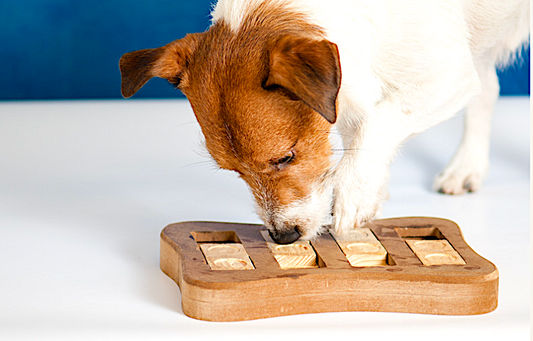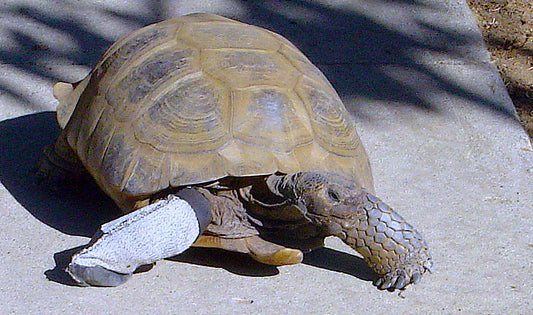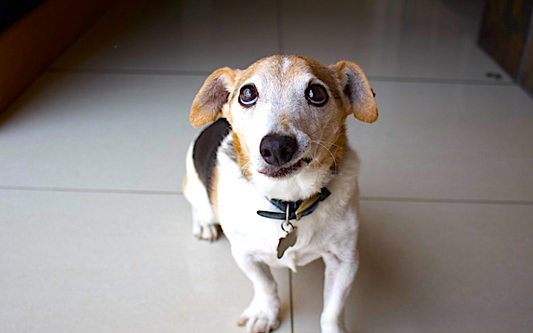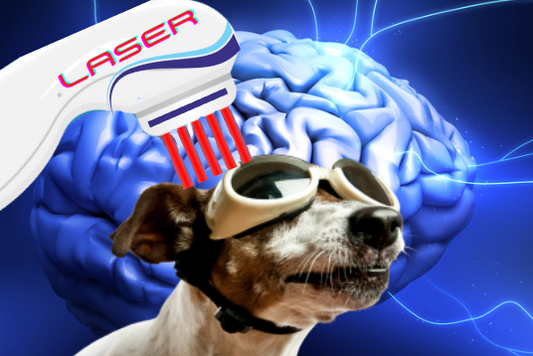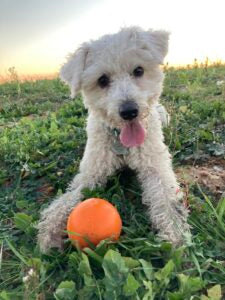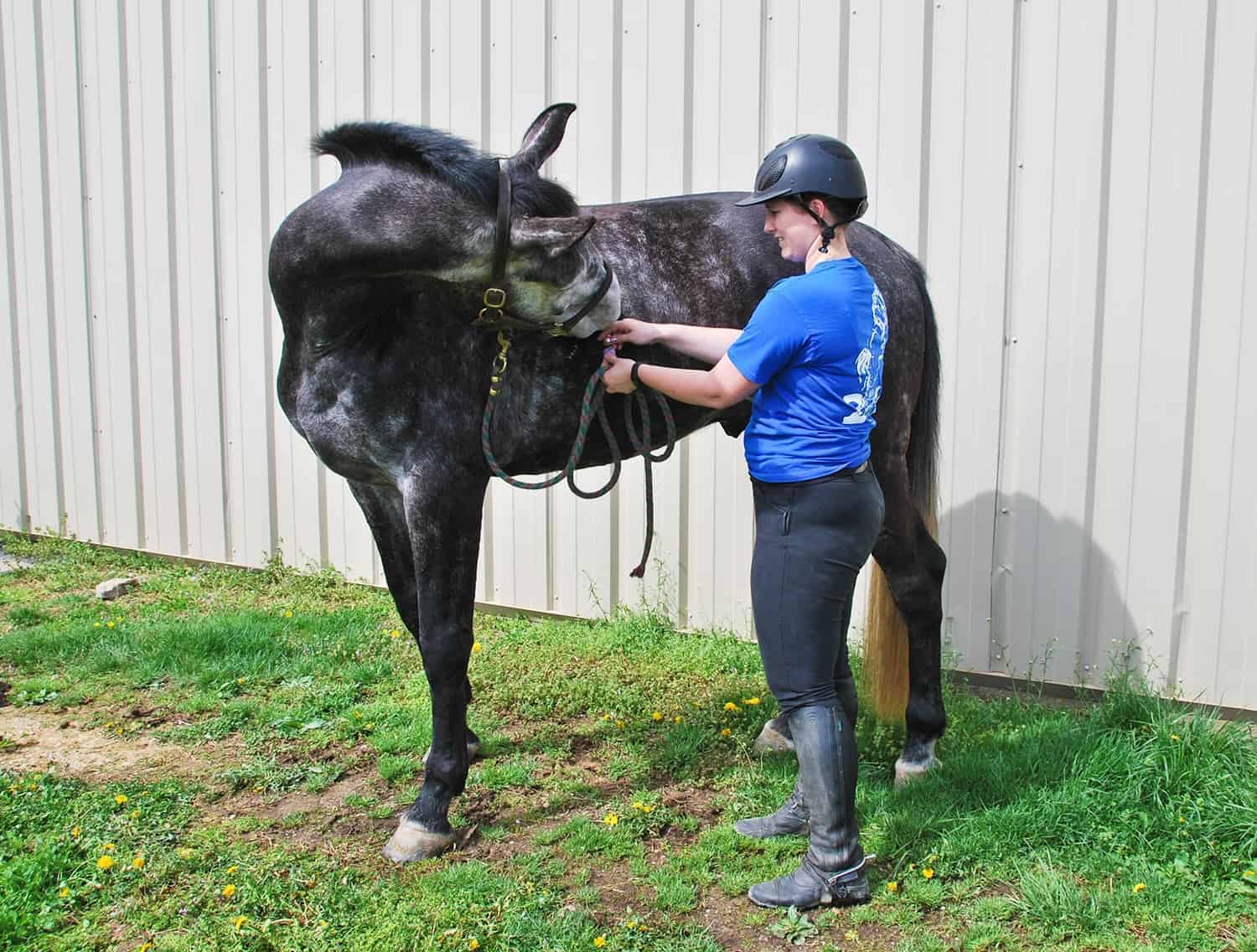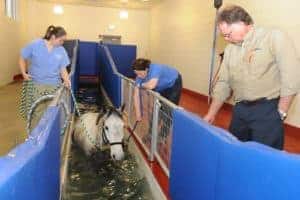Rehabilitation options for upper-body pain and injury
When you think of lameness, limb pain is likely the first cause to come to mind. Yet back, neck, and pelvic pain can be just as debilitating. Thankfully, therapies ranging from shock wave to acupuncture are available to help horses recover.
In the first of this two-part series, we’ll explore full-body rehabilitation options; in Part 2 we’ll focus solely on the limbs.
A Multifocal Approach
Upper-body rehabilitation is rarely limited to one problem with one solution: Horses might be suffering from multiple problems, and several therapies can overlap during the course of treatment.
“I first do a full clinical exam,” says Stephen Denton, DVM, owner of Abingdon Equine Veterinary Services, in Virginia, and provider of sports medicine and lameness services through Performance Equine Vets, in Aiken, South Carolina. “Many performance horses will have a lower leg component, in addition to having a back problem, which always has to be addressed for proper treatment. There’s no cookbook rehab program—it depends on the horse’s clinical diagnosis, history, duration of the condition, and other complicating factors.”
“If the horse is really painful, we’ll throw the book at him,” says Carrie Schlachter, VMD, Dipl. ACVSMR, medical director at Circle Oak Equine, a lameness, sports medicine, and rehabilitation practice in Petaluma, California. “It may be a sequential thing, such as starting with shock wave and moving to laser as the pain improves. If the horse has nonfocal pain throughout the body, we might start with chiropractic and a course of Adequan to decrease the overall body pain and then hone in with other modalities where the more specific pain is emanating from.”
Schlachter suggests finding a veterinarian within your area and budget that’s experienced using more than one therapeutic modality.
Where Does it Hurt?
Schlachter says the three main upper-body tissue types practitioners worry about are bone, muscle, and ligament. “The most commonly injured or painful condition in the upper body is probably bony—similar to the lower leg, arthritis in the upper body is common,” she says. “With muscle issues, you may be trying to keep the muscle feeling good so the horse can work. Ligament injuries are the least common type in the upper body.”
Horses can develop arthritis in the cervical (neck), thoracic (mid-back), lumbar (loin), or sacroiliac (pelvis/croup) areas. “In performance horses in particular, arthritis can create pain, which may decrease performance or even be significant enough to take the horse out of performance,” says Schlachter.
Regardless of the source of pain, she says treatment goals are to decrease inflammation and improve comfort. “Often the rehab we do for upper-body bony issues is a maintenance type of rehab, to keep the horse feeling good and in work.”
Further, best outcomes stem from early intervention. “I think a lot of horses are in more pain than they let on, so my general rule of thumb for my clients is if you notice consistent soreness in your horse, have him assessed,” says Schlachter, adding that warning signs can range from discomfort during grooming to difficulty performing under saddle.
Work It
For both injury prevention and return to work, Denton recommends stretching and strengthening the core muscles to mobilize and stabilize the horse’s back. “Static ground activation exercises are something clients can do for abdominal muscles, back muscles, and multifidus muscles (which stabilize the spinal column),” he says. “I recommend Activating Your Horse’s Core and the Equiband resistance band system to my clients.”
Conditioning programs can address both prehabilitation—the preventive strength training described—and rehabilitation. “Taking proactive steps to build core muscles helps to prevent injuries, just like in human sports medicine,” he adds.
Horses with kissing spines, for instance, might benefit from rounding exercises, which “can help by taking some of the pressure off the (impinged) dorsal spinous processes,” says Denton.
Treatment Modalities
A spectrum of rehabilitation therapies is currently available to address upper-body issues. Because many of these can be expensive and have little peer-reviewed research behind their efficacy, work with your veterinarian when deciding whether your horse might benefit from one or more of the following:
Underwater treadmill
Schlachter uses this tool for a variety of rehabilitation scenarios, including back and sacroiliac injuries, weight reduction in an injured horse, and straightening a crooked horse. A submerged treadmill creates a partially buoyant environment, allowing for full range of motion without concussion; this provides safe, low-impact conditioning.
She says that in her experience, “it takes six to eight weeks of treatment to see true improvement in the upper body. This really improves straightness and rideability under saddle; we get a lot of horses that come in once or twice a year for a ‘touch-up.’ ”
Laser
“The most common thing we use in my practice for upper body is a high-power class IV cold laser,” which is purported to have anti-inflammatory effects, says Schlachter.
“However, laser’s limitation is depth, in my opinion,” she adds. “For example, if I’m trying to treat L4 or L5 (fourth and fifth lumbar vertebrae) arthritis, laser is not going to be my first choice, because that’s 6 to 8 inches deep. If I want to decrease inflammation in the first few centimeters, it’s great.”
Shock wave
Veterinarians generally use extracorporeal shock wave therapy (ESWT), which involves applying high-energy sound waves that travel through tissue, to address pain associated with ligament and muscle injuries, arthritis, and fascia (connective tissue that surrounds muscles and muscle groups), says Schlachter.
For optimal success, Denton usually recommends administering ESWT in a series of three to five treatments, spaced about two weeks apart. “One of the keys with shock wave is you have to know the exact area you’re working with and try to localize it to the best of your ability,” he says. “I think it breaks the pain cycle with a slight analgesic effect, helping the muscles relax, reducing spasm. It’s horse-dependent; some horses seem to respond quite well to it, and others you don’t seem to get that effect.”
Functional electrical stimulation (FES)
Schlachter says she uses this therapy to stimulate motor nerves and improve muscle contraction and range of motion. She says she’s had success using FES to reduce scarring, in particular, and that it might also be useful for addressing other injuries in horses returning to work, as well as maintaining those in work. “Each treatment takes longer than shock wave, but you don’t have to sedate for FES,” she says.
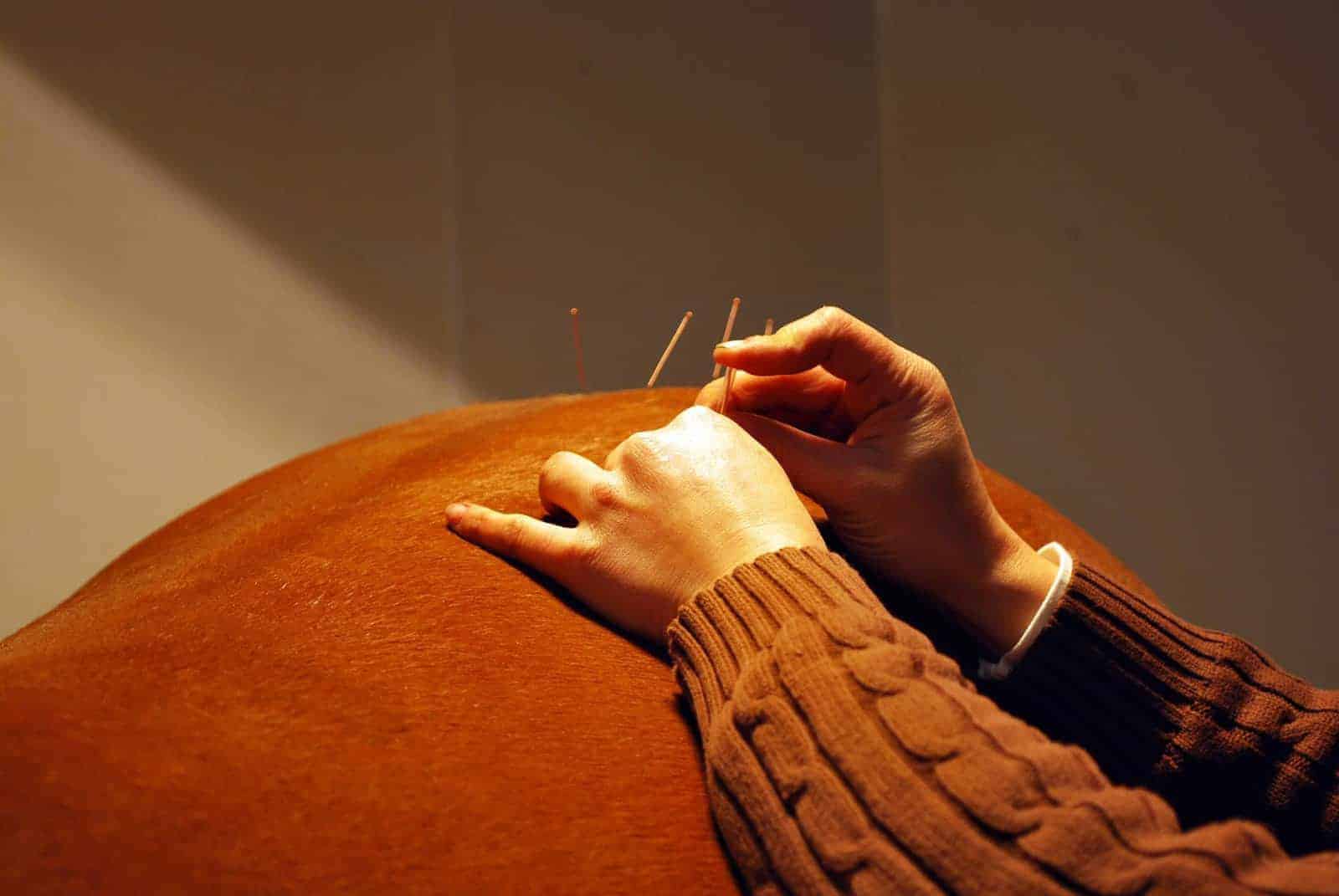
Acupuncture
By placing needles to stimulate nerve fibers, skin, and muscle, Schlachter seeks to decrease pain and restore range of motion. “I’ll use acupuncture for back pain daily while introducing the underwater treadmill and other modalities,” she says. “Often it takes up to seven days to see a response.” She cautions owners and their veterinarians to avoid this modality in cases of skin infection or active tumor growth.
Mesotherapy
Denton says injecting fluid into the skin’s mesodermal layer stimulates nerve fibers, blocking pain, and thereby breaking the muscle spasm cycle, allowing an injured back to rest and heal. “Once you have chronic irritation, whether from kissing spines or impingement on a nerve, the muscles will spasm,” says Denton, explaining that he administers mesotherapy in a series of treatments, in conjunction with other therapies.
Schlachter adds that with this therapy she might also inject steroids, vitamin B12, or beta-carotene into the skin’s superficial layer, to target the nerves to decrease pain.
Intra-articular injections
For targeting localized pain, such as arthritis in a specific joint, Schlachter and Denton recommend intra-articular corticosteroid injections, which can be performed with or without ultrasound guidance.
Massage therapy
“I recommend massage in cases in which I don’t believe there is a true underlying injury, but there is consistent soreness,” says Schlachter. “Massage can be used in acute situations (as well), as long as it is away from the injury.”
Chiropractic
Schlachter suggests using this manual therapy to complement others when addressing spinal dysfunction. “Chiropractic is about improving range of motion,” she says. “Anytime I have an injury that I’m worried is going to decrease range of motion in an area, I incorporate chiropractic. I won’t use chiropractic when there is an actual ligament tear or severe pain.”
Veterinarians can prescribe modalities such as chiropractic, acupuncture, and massage therapy not only to treat ailments but also to maintain or improve comfort level, says Schlachter.
On the Horizon
Schlachter believes neurokinetic therapy (NKT) is going to change how we treat horses with back pain.
“NKT is based on the concept that where one muscle overworks, one or more other muscles are neurologically inhibited due to a disturbance in the motor control center in the brain,” says Nicole Rombach, MSc, PhD, chief instructor for NKT equine and canine courses worldwide. “This … can be a result of a number of factors, including direct trauma, injury or illness, or, in the case of back pain in the horse, problems such as saddle fit, lameness, kissing spines, and more.”
While research involving equine cases is not yet available, Rombach says there is a strong pool of anecdotal evidence.
“In terms of upper-body rehabilitation, a key aim is to strengthen the core of the horse, but by being able to test for specific muscle function, the rehab protocol can be individualized to a very specific program for each horse,” she says. “This is addressed by releasing the overworking muscle(s), using a combination of manual release techniques, and then applying very specific activation exercises to the inhibited muscle(s). The result is a reset in the motor control portion of the brain, to restore a normal functional pattern.”
In a 2017 study Pfau et al. used the Equiband system for equine core and stability conditioning to show it’s possible to influence the brain’s motor control center using a resistance band protocol to improve dynamic stability. This supports what NKT can do, says Rombach, because horses with back pain have weakness and neural dysfunction in key core muscles involved with dynamic stability.
When to Outsource
The availability of critical technology is essential to your decision to send a horse to a rehabilitation facility, says Schlachter. If it fits within the owner’s budget and is available, “I encourage people to bring horses to the rehab clinic when I think the underwater treadmill is going to be key—for chronic cases, specifically chronic sacroiliac disease, or horses that have not been in work for a long time, say six months to a year,” she says. “In addition, if I want a horse to be treated daily, all of these modalities are so much more helpful and so much faster if you can do them every day.”
A Word of Caution
Creating an analgesic effect—particularly in the neck—with steroid injections or ESWT could lead to safety issues, warns Denton. “For cervical neck compression issues or cases when the articular facets (protuberances on the vertebrae) are enlarged enough to put pressure on the spinal cord, we can provide relief and improve symptoms, but I warn people I don’t think the horse is safe for certain disciplines, like jumping, because there can still potentially be some instability or pressure.”
Schlachter also advises owners to consider what they come across when researching modality options. “I’d be careful about what you read from the manufacturers themselves,” she says. “A lot of companies actually quote from the same research, so although the research was done on a different modality, they are using that research to back up their product. Often, what they are saying isn’t directly related to the modality or therapy.”
The Take-Away
When dealing with upper-body issues:
- Consider the whole horse. “Many issues are not just primary; you’ll often have another issue,” Denton says;
- Be open to multiple treatment options; and
- Stay proactive. “The best advice I can give owners is to make a daily routine of core body exercises, which also provides stability even for lower limbs,” says Denton. “Working your horse on different footings, developing core strength, and not always riding in the same discipline will improve the longevity of your horse, the ability to prevent injuries, and reoccurrence of injury. With muscle, tendon, and ligament strength, the horse is less likely to have injuries.”
Author: Natalie DeFee Mendik, MA
Link: https://thehorse.com/136765/the-road-to-recovery-rehab-for-the-horses-upper-body/
